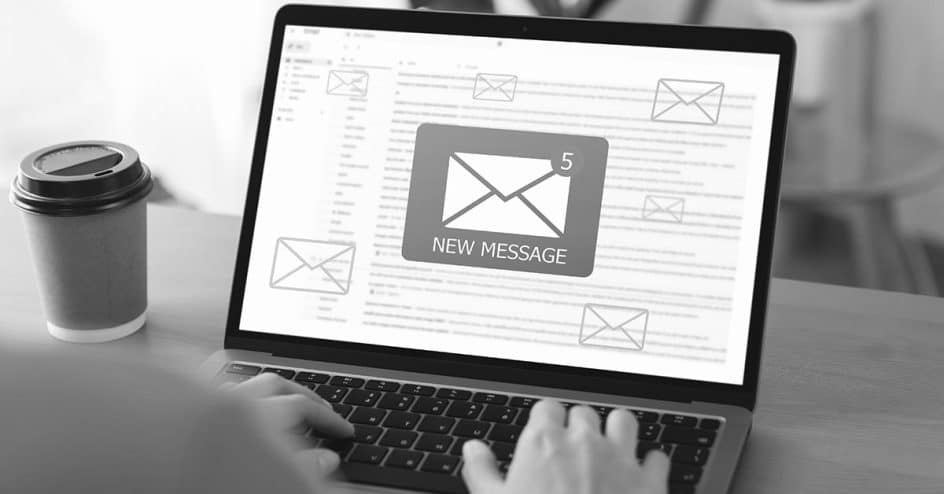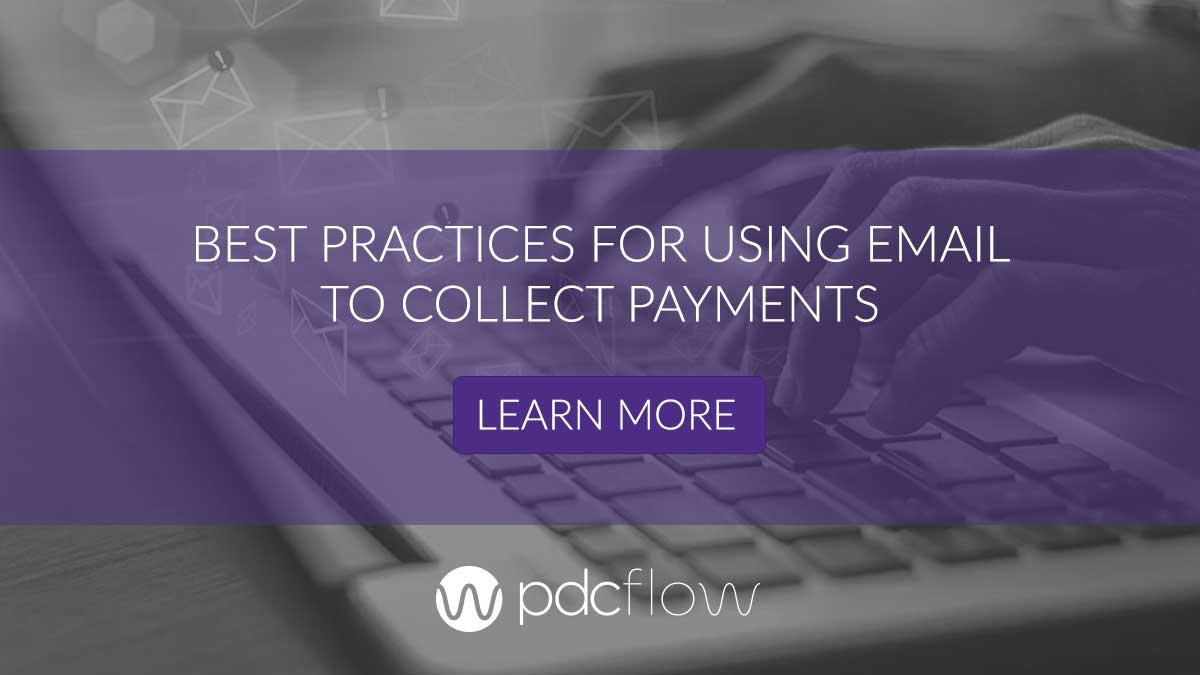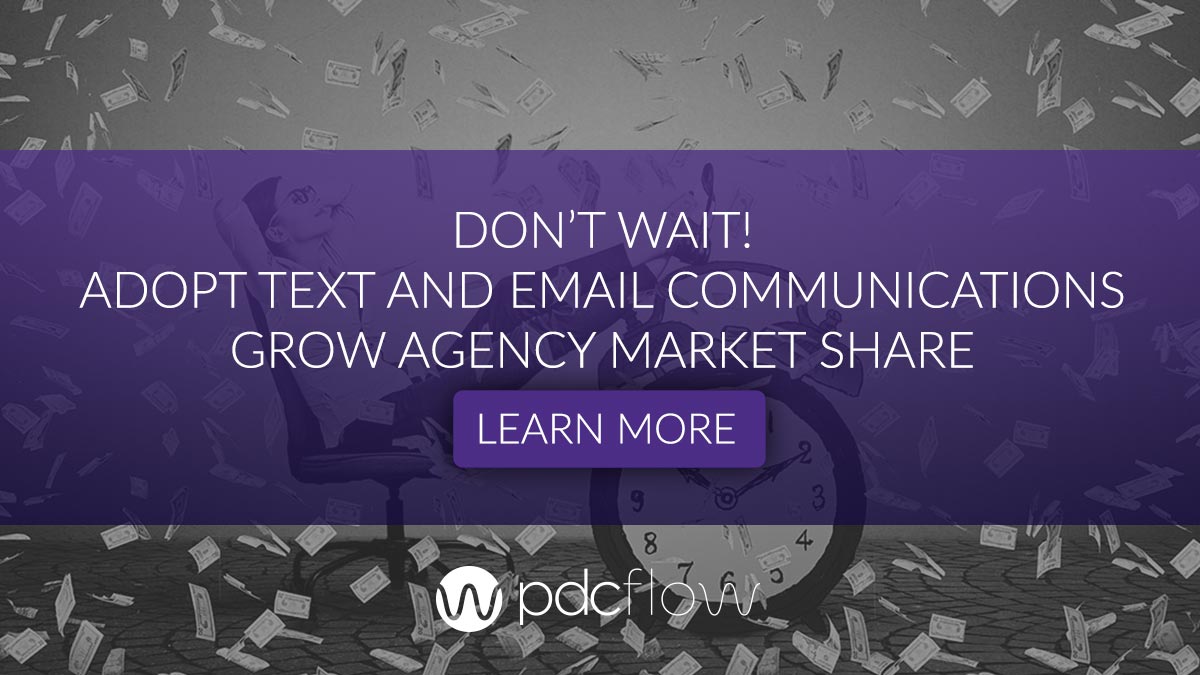Email as a Digital Payment Strategy
Email is an essential channel for customer engagement. Most customers would prefer an email to answering a phone call and it’s a reliable way to interact with customers without intruding or making them feel pressured.
Some of the most common ways businesses use email as part of a digital strategy are to:
- Send both payment reminders and a document to customers at one time.
- Update communication preferences or gather consent for other channels like text.
- Send authorizations to help protect against chargebacks and to meet compliance regulations like CFPB’s Regulation F.
- Send invoices or itemized statements while on a live call for staff and customers review together.
- Send any letter, document or receipt along with a payment link.
Vendor Requirements
Spam: Complaint Rates
Bounce Rates
An email bounce is when the message you’re sending can not be delivered. The most common reason an email from your company would bounce is if the email address is wrong or no longer in use.
Sometimes an email will also bounce if the recipient’s inbox is full or there is a problem with the email server. For businesses, it is a best practice to maintain a bounce rate of under 5% to avoid problems and stop your service from being shut down.
PDCflow Email Deliverability
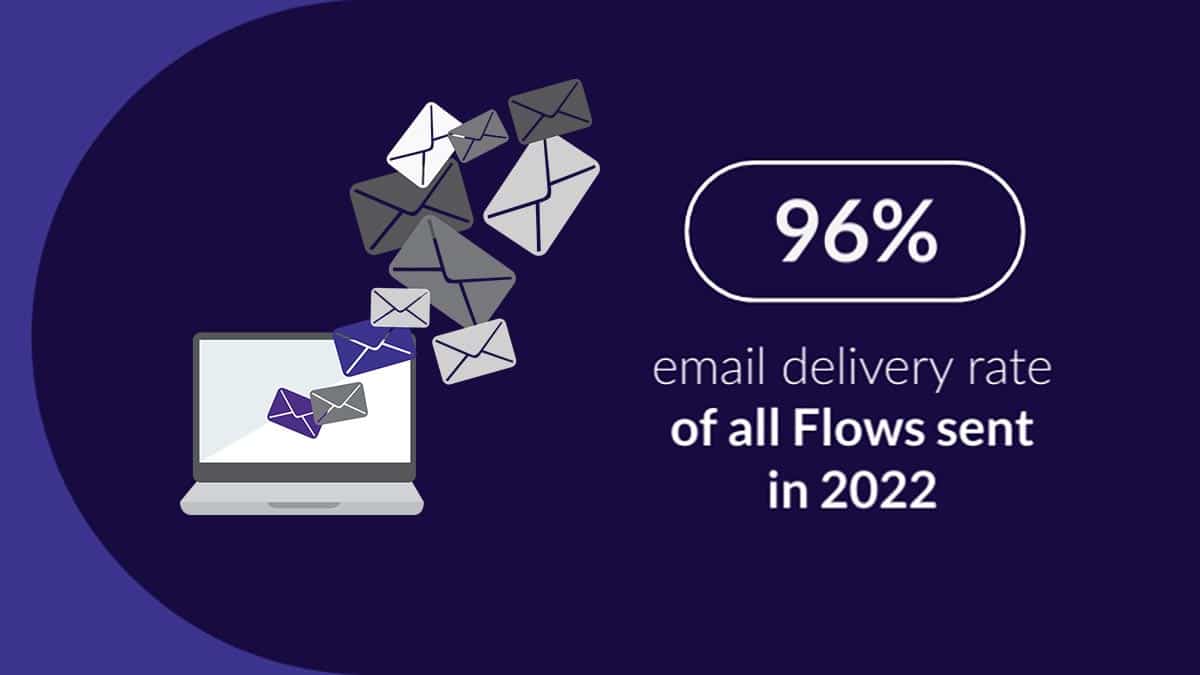
Complaint Rates
We monitor our complaint rate so we know when emails are being marked spam and can make adjustments as needed.
Bounce Protection
PDCflow is serious about improving email deliverability for our customers. Our email deliverability monitoring system enhances bounce protection not only client by client but across our whole customer base.
PDCflow’s email system works by tracking bounces across the board and uses that information to protect other merchant customers who may attempt to use an invalid email address. Along with this:
- PDCflow does not send emails to an email address that has previously received a permanent bounce reason.
- If a merchant tries to send an email to an address that has bounced, they are informed that it has been blocked, so they can fix the email address or obtain a valid address.
- PDCflow will leave the email blocked until an employee manually switches it to unbounced. This requires a click to validate the email address is valid to protect all PDCflow customers from high bounce rates.
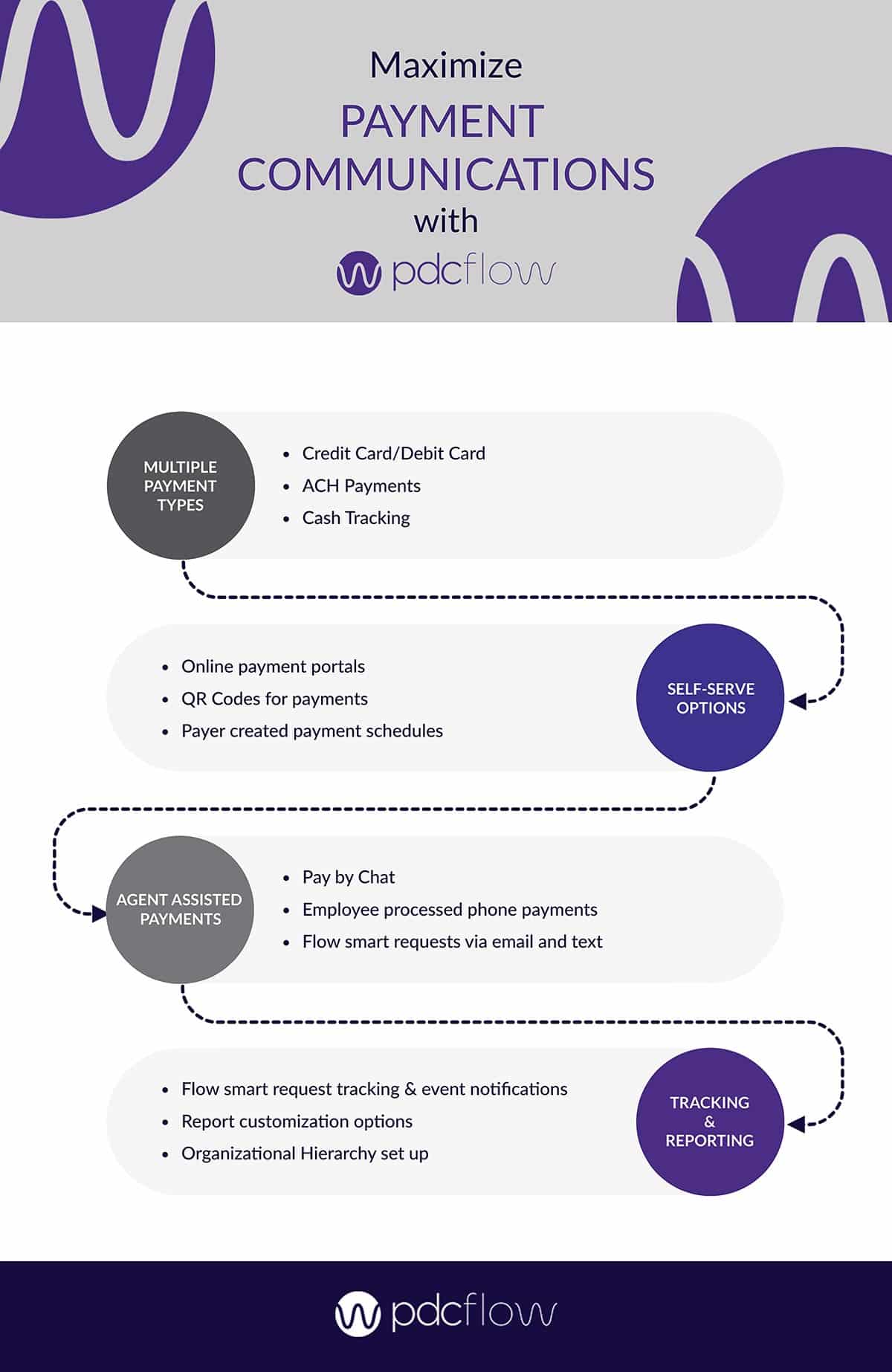
Merchant Responsibility: What You Can Do
It’s up to your vendors to create systems that help you manage bounce and complaint rates. However, as a merchant, you can – and should – do work to maintain a strong email channel through your own company policies and procedures. You should:
- Have (and follow) strict opt in policies within your company to ensure you’re starting with the best contact information possible before sending any emails.
- Understand rules and regulations surrounding email, like CAN-SPAM and the CFPB’s FDCPA.
- Clearly explain to customers what you intend to do with their email address and what types of messages they can expect to receive.
- Experiment with messaging and cadence, which will boost your open rates.
- Follow basic proofreading, grammar and spelling rules to build credibility with customers.
PDCflow's Flow Technology offers email and text communications for taking payments, requesting signatures, sending documents and receiving photos. Keep your company and customers secure with encryption and tokenization, comply with regulations with built-in compliance features and limit PCI scope by eliminating the need to see or take payment information during transactions.
Request a demo today to learn more.

